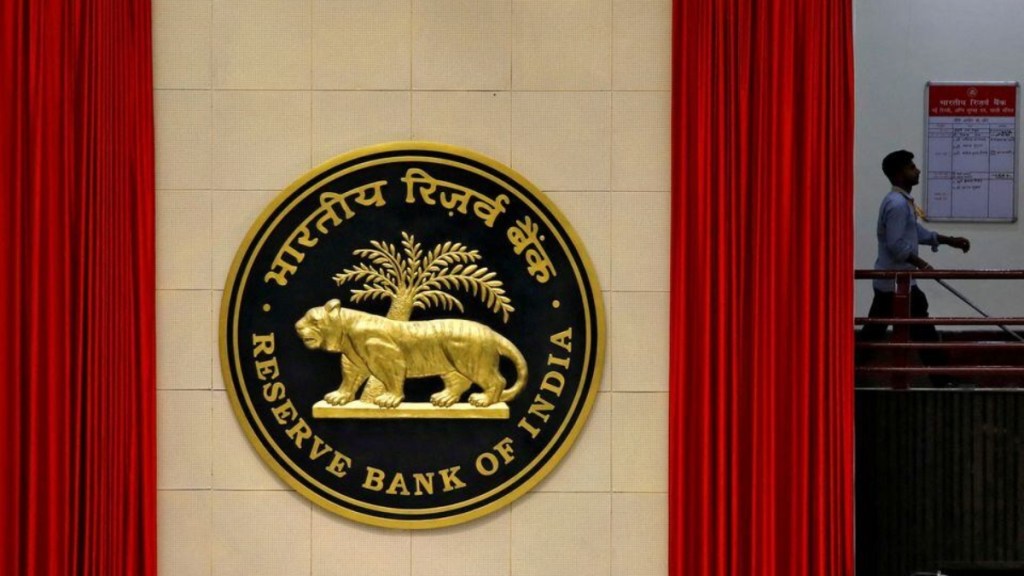With the Reserve Bank of India (RBI) releasing the minutes of the August Monetary Policy Committee (MPC) meeting, wherein the MPC voted 4-2 to keep the interest rates unchanged, Barclays said that a rate cut is unlikely until at least December. The RBI MPC minutes revealed significant concerns raised by external members Ashima Goyal and Jayanth R Varma who strongly advocated for a more cautious monetary policy, calling for a reduction in the repo rate. Notably, this was their last meeting before their terms end in October and a new set of members will be announced in September. The MPC minutes showed that the members who voted to maintain rates continue to see risks from elevated food inflation and an uncertain inflation outlook.
“The rheotric of the August MPC and the Governor’s statement was broadly unchanged from previous meetings, with an emphasis on persistent food inflation trends and caution on spillover risks to other components of inflation. The minutes reflected some divergence between the internal and external members (particularly the two who voted for a cut) on where they see current output growth vis-a-vis potential growth,” said Shreya Sodhani, Regional Economist, Barclays, while maintaining that the brokerage firm does not expect rate cuts to start until at least December.
Rate cuts still some time away
The RBI MPC is expected to hold the policy settings until the central bank sees headline inflation converging towards its 4 per cent target in a durable manner. Further, with the term of two external members, who had voted for a cut, set to end before the next MPC meeting, any clarity on how the vote shifts at the October meeting will come only after the announcement of new members by the government.
“Notwithstanding the new external MPC members, we do not expect a rate cut in October, and expect monetary easing to commence from December. The RBI has repeatedly guided against a pivot, with the Governor recently stating that cutting rates based on a one-off dip in inflation would be a policy mistake,” said Shreya Sodhani. In July, CPI inflation slowed to 3.5 per cent from 5.1 per cent in June, largely on base effects. Indeed, the increase in RBI’s inflation forecasts for Q2 (Jul-Sep) and Q3 (Oct-Dec) FY24-25 suggests the bank will wait for indications of price pressures receding over the whole quarter before embarking on rate cuts. “We continue to expect a window for rate cut opening only in December, although we note risks of a delay to the start of the cuts if inflation proves to be more persistent,” she added.
Details of the minutes
RBI MPC member Professor Jayanth Varma voted for a 25 bps cut at the meeting, reiterating his view that restrictive monetary policy is sacrificing growth. His vote for easing was premised on the view that potential output growth for India is now at 8 per cent, and given the RBI’s projections for GDP growth for FY24-25 (at 7.2 per cent) are lower, this implies that policy conditions are not supportive enough.
Dr Ashima Goyal’s statement echoed some of Professor Varma’s arguments, specifically regarding the “negative growth signals” based on slowing corporate profit, lower consumer and business confidence, and falling core inflation, which indicate growth is below potential. Dr Ashima Goyal agreed that growth is resilient, but her vote for a cut now is based on the need to support growth to reach its potential.
Dr Shashanka Bhide’s statement appeared more balanced wherein he highlighted both positives and downside risks to growth from domestic and external factors. However, he views food inflation as hurting growth via its impact on consumption, and given the likely higher momentum in food prices in Q2, his vote was for policy settings to be on hold.
Dr Rajiv Ranjan weighed the risks to inflation as higher than that to growth. In contrast to confidence on growth, he stated that the outlook on inflation is more uncertain, given the strong food price momentum and bottoming out of core inflation. He did however note the positive developments from the monsoon. His vote for a pause, for now, was predicated on needing more clarity on food inflation outlook, spillovers and global risks.
Deputy Governor Michael Patra’s statement continued to focus on inflation, compared with growth, as per usual. He defended the argument of monetary policy focusing on supply-driven food inflation, stating that even though headline inflation is driven by food, “persistently rising prices are always and everywhere a reflection of too much demand chasing too less supply even if it is a supply shortfall that starts the price spiral”. Thus, he maintains that it is still within the domain of monetary policy to modulate demand to supply.
Notably, Michael Patra stated that the output gap is now positive, in contrast to the views held by Prof Ashima Goyal and Jayanth Varma. “This, to us, is really the crux of the divergence in views between the members who voted for a cut versus those who voted for keeping policy unchanged. Dr Patra (and Governor Das and Dr Ranjan) appear to be relatively more optimistic on growth, and hence likely see controlling inflation as a bigger imperative, compared with the other two members,” said Shreya Sodhani.
Governor Das’s statement echoed the sentiment of his speech announcing the policy decision. His caution for maintaining disinflationary policy comes from his view of persistent pressures from food prices, and considerable uncertainty around the outlook. “Interestingly, he seemed to dismiss the idea of using neutral rates as an input in the monetary policy decision, stating “Policy making in the real world cannot be based on an abstract, theoretical and model specific construct”, and thus an argument for lowering policy rates based on high real rates is “misleading”,” stated the Barclays report.

